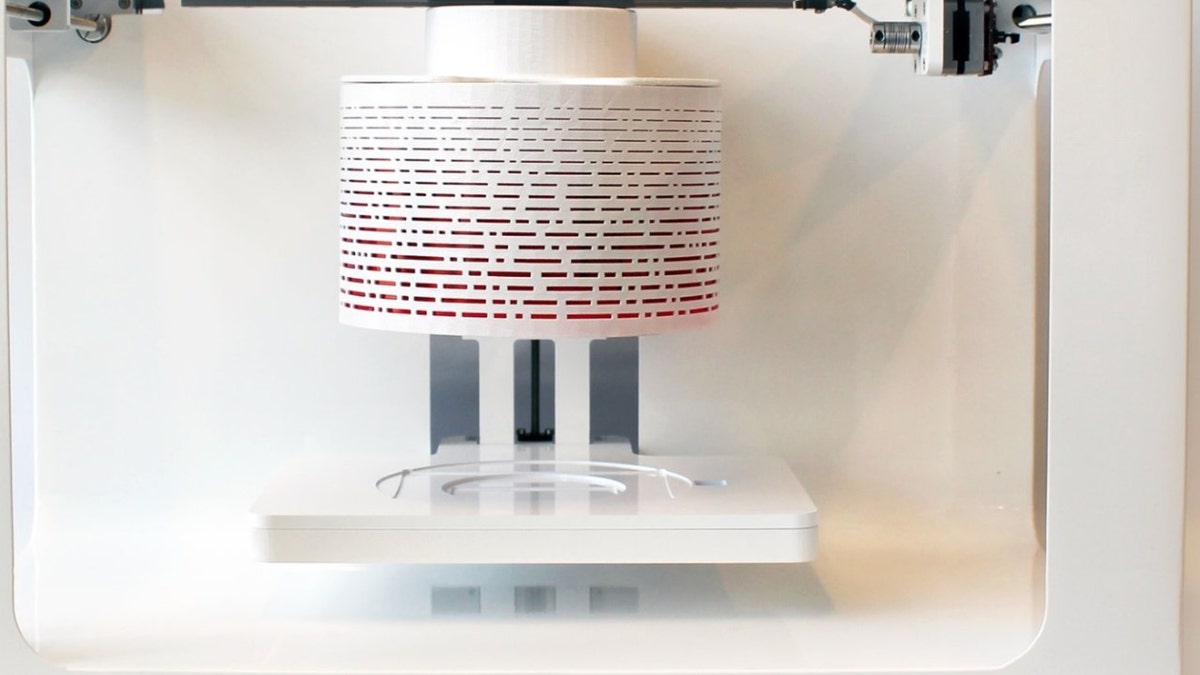
(BioBots 2, Credit: BioBot)
One of the most promising cutting-edge technologies, 3D printers are used to print toys, shoes, auto parts, guns, and gears, and pretty much anything you can conjure up. Now, they're able to print flesh and bone.
A start-up known as BioBots is now taking orders for a “bioprinter” that is able to print soft tissue. That would include cartilage, according to a report at IEEE Spectrum.
A futuristic 3D bioprinter might be as simple to operate as pushing one button for heart tissue and another for liver tissue, IEEE Spectrum said.
So, what are bioprinters used for currently?
“Bioprinters are used to fabricate functional human tissues that possess human tissue-like composition and architecture," Y. Shrike Zhang, Ph.D. told Fox News in an email. Zhang worked with BioBots on an earlier product and is an instructor of Medicine at Harvard Medical School and Associate Bioengineer.
Those “functional tissues” can be used for two purposes, he said. The two most prevalent purposes are for repairing damaged tissues and regeneration and for use “as models to screen drugs and predict human responses."
“We usually make our own bioprinters in lab so we don’t typically buy printers from companies” like Biobots, Zhang added. But he noted that the Biobot 2, the company’s newest product, is impressive.
BioBots says that it’s “the most compact…3d bioprinter on the market” on its BioBot 2 Web page.
Its "sub 1 micron precision on x, y and z axes allow you to print the highest resolution structures," BioBot said in a statement.
And what about the future?
“For example, we can get patient medical imaging data (CT, MRI) and import those into the printer for it to print tissues that fit the shape of the injury in a specific patient,” he added.
Zhang also said that it could be used to get cells from patients that "can be directly used for implantation without immune rejections or be used for screen drugs/therapeutics for the particular patient."
BioBots launched the BioBot 2 earlier this month.
